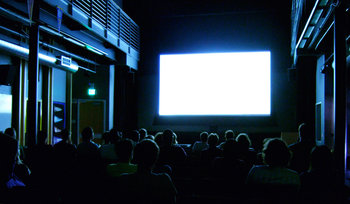Pull Over Push
Eliminating push notifications in favor of checking for things yourself. For example, turning off notifications for your social media and instead checking it once a week.Master of the Tools
A common theme of digital minimalism is that people have become a tool of their tools such that they appear to have a slavish devotion to technology. This can be reversed by using technology to achieve goals in a purpose-driven way and refusing to be pushed into negative behaviors. For example, using the internet to research information you need as opposed to developing bad habits such as obsessive media consumption.Discipline
Technology minimalism is a decision to behave in a disciplined way in the selection, use and management of technology. Discipline is the practice of doing the right thing even when you feel motivated to do otherwise. For example, avoiding entertaining media when you are supposed to be studying or working.Configuration
Taking the time to configure technology to disable or remove unwanted features and functions.Digital Decluttering
The process of deleting programs, files and data that you no longer need.Paced Consumption
Carefully considering technology purchases and downloads such that you consume less.Power Tools
The selection of technologies that have broad usefulness. For example, selecting a single app to organize things and communicate as opposed to dozens of apps to organize different aspects of your life and communicate with different sets of people.Usability
The prioritization of tools that are pleasing and productive to use. This is related to the goal of mastering technology as opposed to jumping through hoops for it.Form Follows Function
The selection of minimalistic technologies that avoid features or functions that aren't useful.Low Technology
Low technology is an enthusiasm for inexpensive, feature-poor and outdated technology over the cutting edge. For example, the use of kitchen appliances that aren't connected to the internet.Reliability Over Novelty
Avoiding the newest thing for the sake of the newest thing. This doesn't mean that you never change or that you allow yourself to fall behind. It is more about resisting meaningless fads in favor of new technology that is likely to meaningfully improve things.Defensive Computing
Defensive computing is the practice of considering the security implications of each technology you use and each configuration option you select. For example, avoiding apps that you don't trust.Management
Taking the time to manage the technologies you use. For example, cleaning up old messages in your inbox.Do-it-Yourself
As technology vendors often have incentive to bloat their offerings with extra software and features that can be difficult to remove, serious digital minimalists may choose to build their own technologies to assert more control. For example, building a desktop from scratch and installing an open source operating system that allows for significant customization.Pragmatism
In some cases, people become obsessed with minimalism such that they spend countless hours trying to remove and configure things to be as small as possible. This can run contrary to the goal of improving productivity and quality of life.| Overview: Digital Minimalism | ||
Type | ||
Definition | The process of diligently controlling the complexity of technology to improve productivity and quality of life. | |
Related Concepts | ||






























